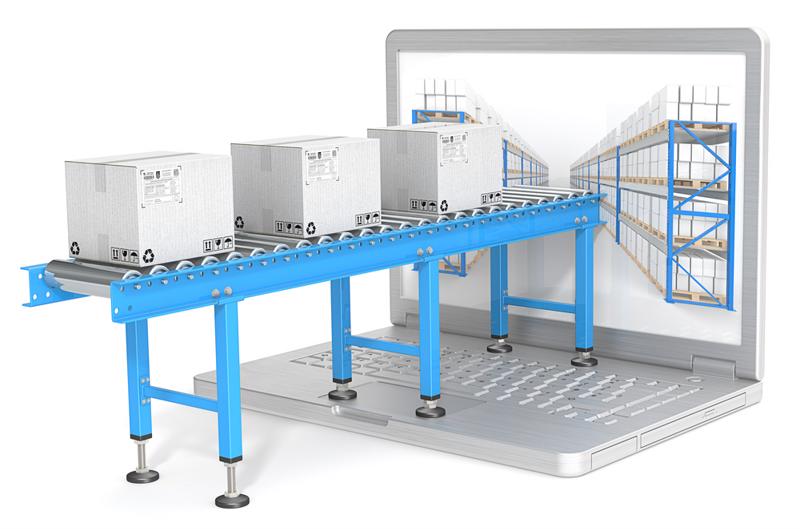Truly understanding every link of a supply chain and each process that goes into moving goods is a complicated matter for managers, and it's not getting any easier. The expansive and global nature of today's networks of suppliers and manufacturers has left organizations in charge of sprawling connections between companies of all kinds, potentially across national borders. Micromanaging this kind of complex and involved environment is tough to consider and even harder to put into practice.
So what should supply chain professionals do? One answer is to give up on visibility and tighten their focus. This would entail trusting that things are proceeding as efficiently as possible, or at least accepting that there isn't much they can do to affect their operations. This approach certainly has its appeal in a world where complexity is sprawling out of control. However, the less control leader exert, the more opportunities for value they're turning down.
Missing chances to excel
As BluJay Solutions' Doug Surrett recently indicated, contributing to Quality Digest, a lack of attention to granular detail can have serious implications for a supply chain. For instance, companies often pay little attention to the way goods are delivered to locations such as factories or retail stores. Leaders who decline to look into their suppliers' practices may not realize when sub-optimal processes are in place. Inefficient transport strategies or high handling fees can affect this step of the supply chain, meaning it's worth paying closer attention to related operations.
Assumptions are responsible for some of the most common visibility and oversight slip-ups. Companies may not look at certain activities because managers believe they are proceeding at peak effectiveness. Surrett noted that in the absence of industry-wide benchmarking, it's hard to say whether the practices in place are really optimized. Firms that extend their visibility to encompass market research may realize their current rates are higher than industry standards.
Some relatively difficult and complex parts of the supply chain can improve drastically with a little extra attention. According to Surrett, repositioning of empty storage and shipping containers is one such operation. When leaders collaborate with colleagues at partner organizations and get a more timely look at the location of unused storage and shipping assets, they may cut inefficiency out of their repositioning efforts.

When processes become too complex for employees to master on their own, adding new technological solutions is often the best way forward. Supply chain visibility is an issue that has received digital attention, and the latest innovations may further transform companies' capabilities. Blockchain technology, the distributed ledger system that powers cryptocurrencies, may be a popular option as an internal visibility enhancer in the years ahead.
According to Bloomberg, FedEx CEO Fred Smith sees the potential for blockchain solutions to revolutionize the way supply chains operate. Smith isn't just speculating idly, either - FedEx has a pilot program in place to track high-value shipments around the world. The ledgers created by the new system are designed to make data both accessible and consistent, as they permanently track changes and must be changed by all parties agreeing. This will potentially help supply chain managers verify the many items moving through their facilities.



Post A Comment:
0 comments so far,add yours